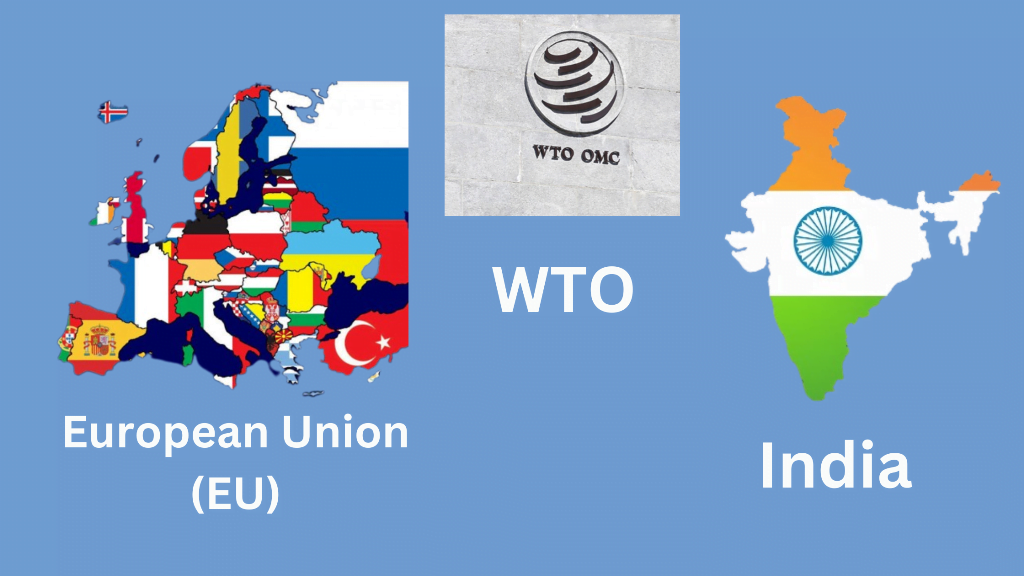Explore the ongoing dispute between India and the European Union (EU) over import duties on certain ICT products. Discover the advantages and disadvantages for both sides as they strive to resolve the issue within three months to avoid a ruling by the WTO dispute settlement panel.
Introduction: India and the European Union (EU) find themselves in a challenging situation as they grapple with a dispute over India’s import duties on specific information and communication technology (ICT) products. The World Trade Organization (WTO) has deemed these duties inconsistent with the Information Technology Agreement (ITA) signed back in 1996. With three months granted by the WTO dispute settlement panel to reach a resolution, both parties are under pressure to find a mutually agreeable solution.
Advantages of India’s Import Duties on ICT Products:
- Protection of Domestic Industry: India argues that import duties are essential for safeguarding its domestic ICT industry. By imposing tariffs, India aims to shield local manufacturers and foster growth, fostering technological self-reliance and job creation within the sector.
- Revenue Generation: Another advantage highlighted by India is the revenue generated through import duties. These funds can be reinvested in technological infrastructure development and initiatives that promote ICT education and research.
Disadvantages of India’s Import Duties on ICT Products:
- Violation of WTO Rules: The EU asserts that India’s import duties contravene WTO regulations, particularly the ITA, which seeks to eliminate tariffs on various ICT products. The EU argues that India’s duties are discriminatory and undermine the principles of free trade.
- Impact on Global Trade Relations: The dispute between India and the EU has broader implications for international trade. If left unresolved, it could set a precedent for other countries to introduce similar protectionist measures, potentially hindering global trade flows and cooperation.
Advantages of Resolving the Dispute:
- Strengthening Trade Relations: By finding a resolution, India and the EU can restore harmonious trade relations and foster an environment conducive to future collaborations. A successful outcome can lead to increased bilateral trade, investment, and technology exchange.
- Reinforcement of WTO’s Authority: Resolving the dispute through consultations would affirm the relevance and effectiveness of the WTO’s dispute settlement mechanism. It would demonstrate the commitment of both India and the EU to uphold and abide by the rules-based international trading system.
Disadvantages of Failing to Reach an Agreement:
- Risk of WTO Ruling: If India and the EU are unable to resolve the dispute within the designated timeframe, the WTO dispute settlement panel will issue a ruling. This ruling may impose consequences on both parties, potentially resulting in retaliatory measures or sanctions.
- Prolonged Trade Uncertainty: Continued disagreement could lead to a prolonged period of uncertainty, negatively impacting businesses and investors in both India and the EU. Uncertainty may hinder future trade and investment decisions and deter market growth.
Conclusion:
The India-EU ICT dispute holds significant implications for both parties and the global trading system. As the clock ticks down, India and the EU face the challenge of finding common ground within three months to avoid a WTO ruling. The resolution of this dispute will not only shape their bilateral trade relations but also serve as a litmus test for the efficacy of the WTO’s dispute settlement mechanism and the commitment to a rules-based trading system.

